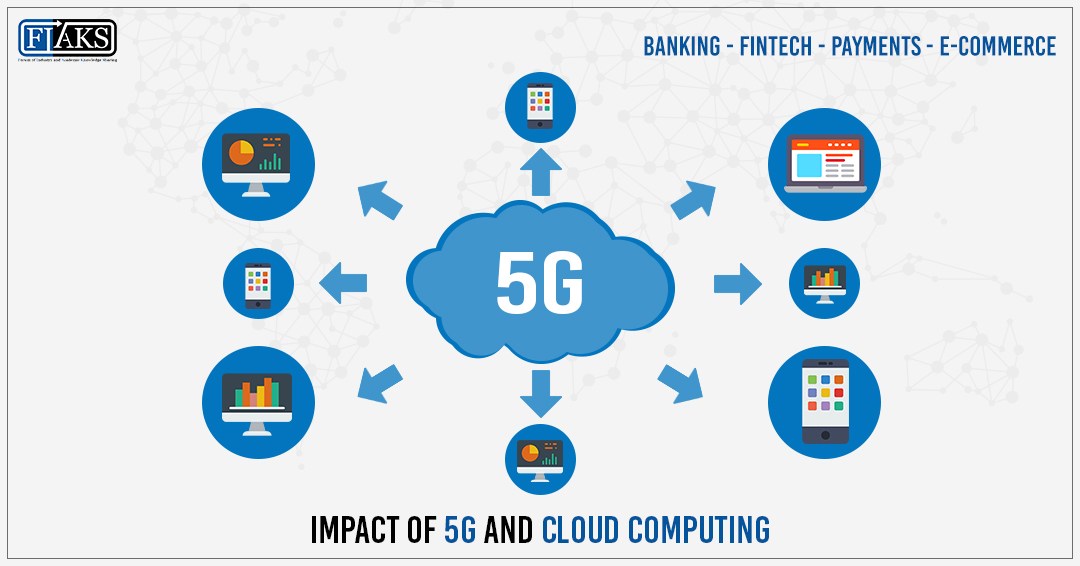
Since 2019, cellular companies started releasing for the fifth generation of cellular technology. This generation is what is known as 5G. 5G network is advance technology that enables mobile devices to interact with one another and transmit data. 5G generation to significantly improve the usefulness or efficiency for the cellular networks.
5G technology Benefits such as:
How Does 5G Relate to Payment Processing?
5G has the potential to reshape payment processing as we know it.
Traditional financial transactions involve for the physical exchange of money and the use of payment card.
This way of doing business has naturally evolved as FinTech and eCommerce have paved the way for the virtual services. Now, for the most transactions can occur digitally.
Consumers can access for various other payments through of their mobile devices. With the widespread adoption of 5G, we will see great shifts in what is possible for payment processing. Customers will have more choices or personalized information than ever before.
Some Impacts of 5G on Payment Processing
5G will affect for the payment processing is crucial, whether you are a business owner, merchant and consumer. Hare four major impacts 5G will have on payments in the upcoming years.
1. Boosted E-Wallet Popularity
While the E-wallets existed before 5G network, their popularity is sure to swell as 5G becomes more widely accepted.
The e-wallet is application that allows you to make payments via mobile devices. A highly popularized instance of an e-wallet is Apple Pay. This payment service securely stores user debit/credit card information. 5G inherently enables mobile payments and m-commerce. For users of e-wallets, that means that the speed and security of transactions can be massively boosted when paired with the 5G network. There are three key ways 5G network will positively affect e-wallets such as:
2. Improved Security
The security of your financial data will be prioritized for the cellular and internet networks adopt for 5G network.
5G network will place a much greater emphasis for the biometric authorization. This includes such things as the facial and fingerprint recognition. Experts believe these 5G biometric technologies will be more accurate and efficient.
Biometric security measures by using the 5G spreads. For instance: the ability to authorize purchases through facial recognition alone.
Here are three more critical benefits of 5G for payment security:
3. Reduced Latency
Latency refers to as the amount of time it takes for a signal travel from the source to the receiver and then back to the original. With each new generation of cellular networks, the primary objective has been to reduce the latency more each time. Finally, 5G has the most optimal latency for all its predecessors. The main component will limit latency reduction for the human reaction speed rather than machine reaction speed.
Some transactional errors can be avoided by reducing the time it takes for the signal to reach its destination and illicit a reply. In additionally, we can significantly diminish the time it takes to receive the confirmation of payment.
Further benefits of reduced latency can include:
4. Increased Use of Internet of Things
It has been widely predicted that the adoption for 5G will also help popularize Internet of Things (IoT) applications.
Internet of Things is a term used for the entirety of physical devices connected to the internet worldwide. Therefore, any device that can connect to the internet can also be used as Internet of Things device. This includes any physical object that can be controlled via an internet connection including lights that can be turned off and on remotely.
This means that payments can come from the many Internet of Things devices, so long as they belong to the same network.
Benefits for block-chain IoT payment processing such as:
Adoption of 5G network Payments
5G network becomes more widely adopted; the payment processing industry will undergo an equally significant evolution. The payment processing, 5G network will affect its scalability, efficiency and latency. Through innovation of 5G can significantly to optimize the payment processing for meet changing user demands. 5G promise that payments will be much more transparent and efficient. In additionally, 5G network enables biometric authorization that boosts transactional security. Rollouts of 5G by major cellular network providers have already begun. The shift from advance 4G to 5G can’t happen overnight. For payment technology, 5G will be an excellent enabler for mobile payments. 5G will provide the consumers with the ability to make secure and on-demand purchases in seconds.
Lorem ipsum viverra feugiat. Pellen tesque libero ut justo, ultrices in ligula. Semper at. Lorem ipsum dolor sit amet elit. Non quae, fugiat nihil ad. Lorem ipsum dolor sit amet. Lorem ipsum init dolor sit, amet elit. Dolor ipsum non velit, culpa! elit ut et.
Lorem ipsum dolor sit amet elit. Velit beatae rem ullam dolore nisi esse quasi, sit amet. Lorem ipsum dolor sit amet elit.